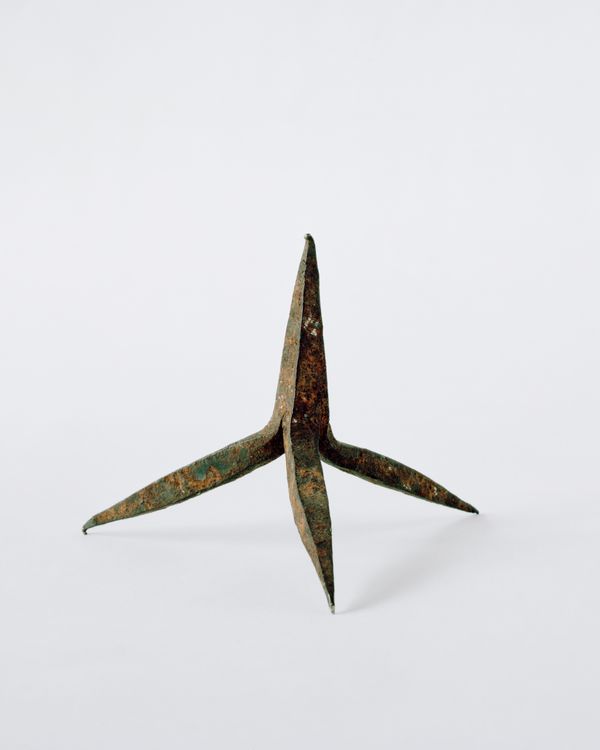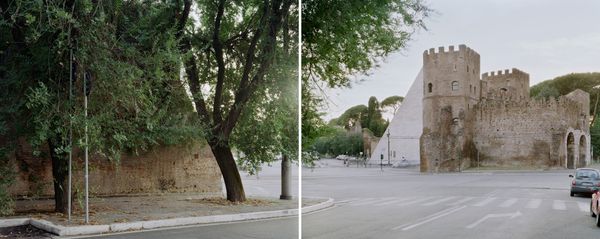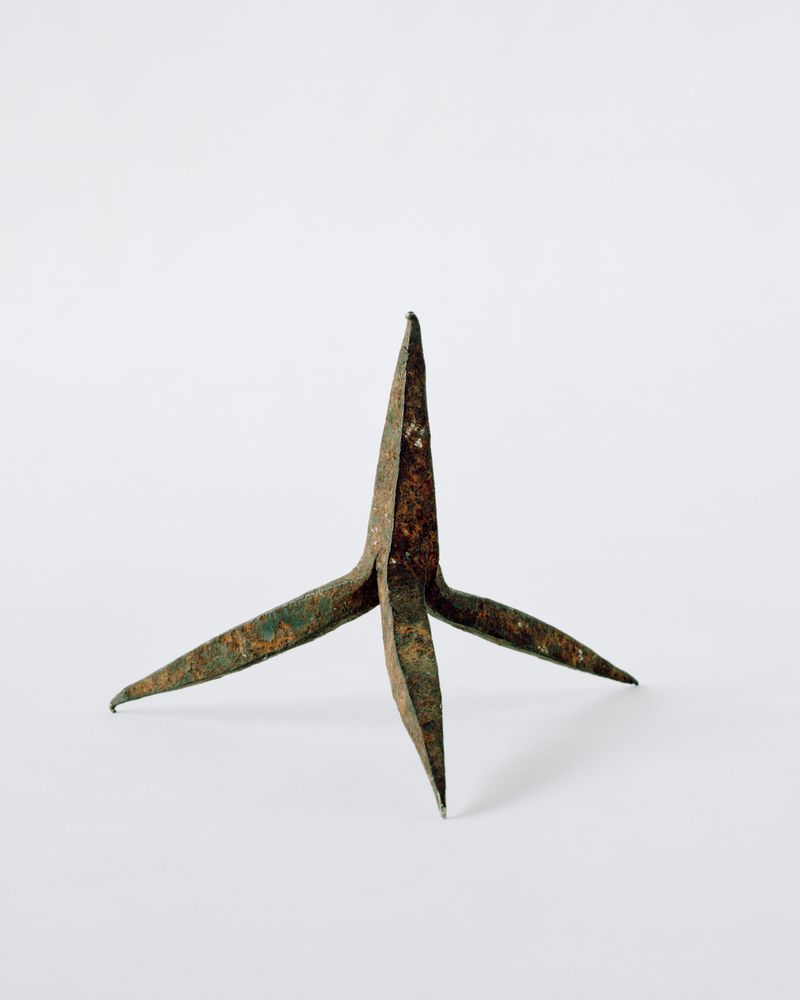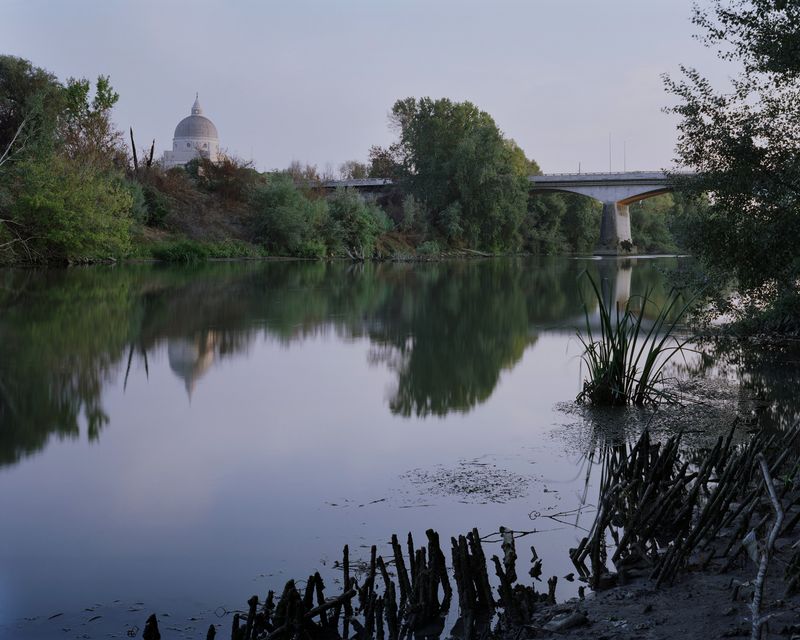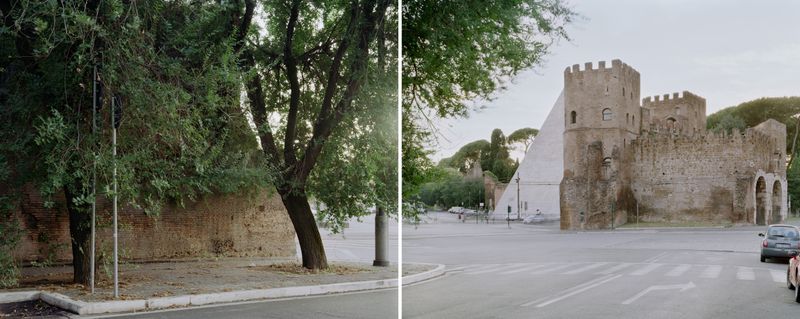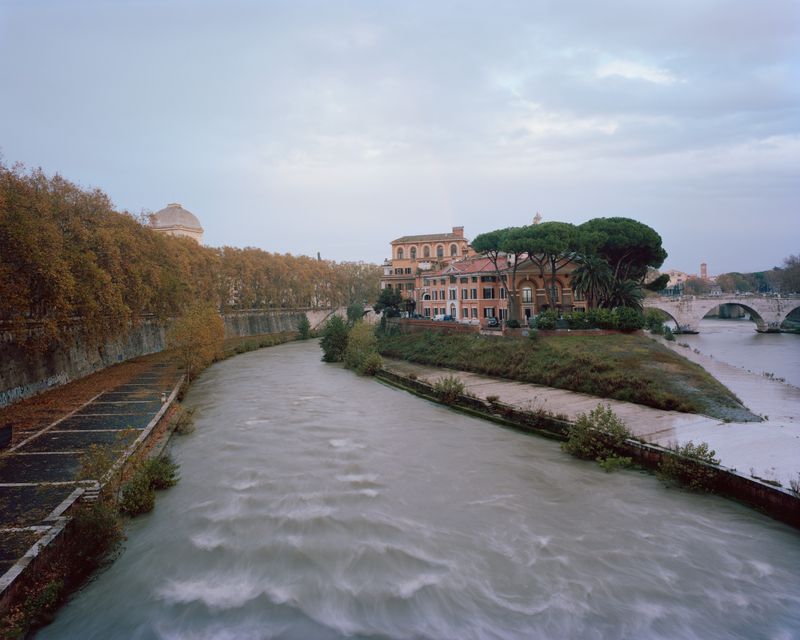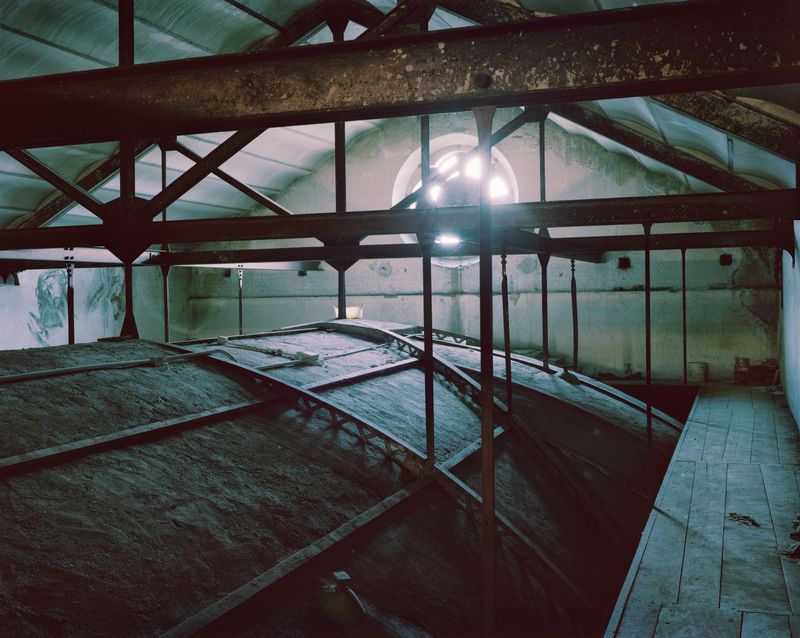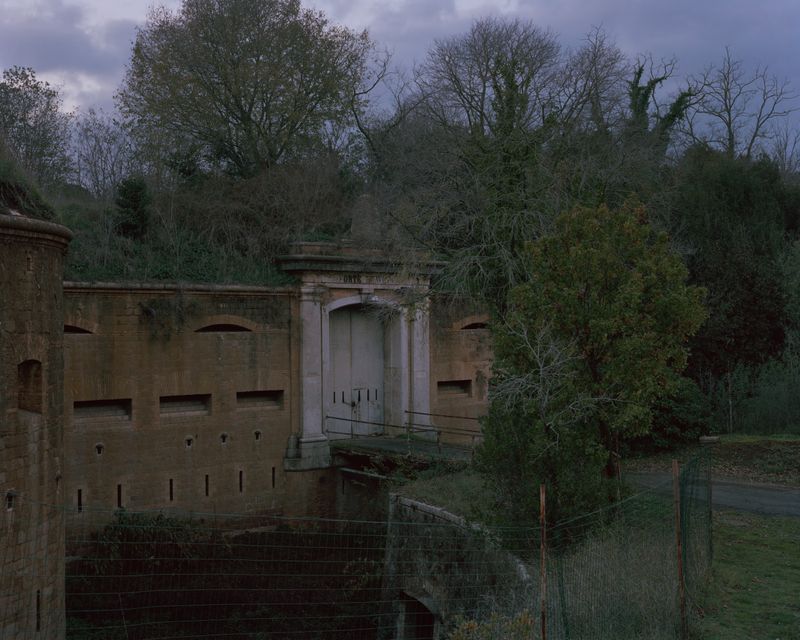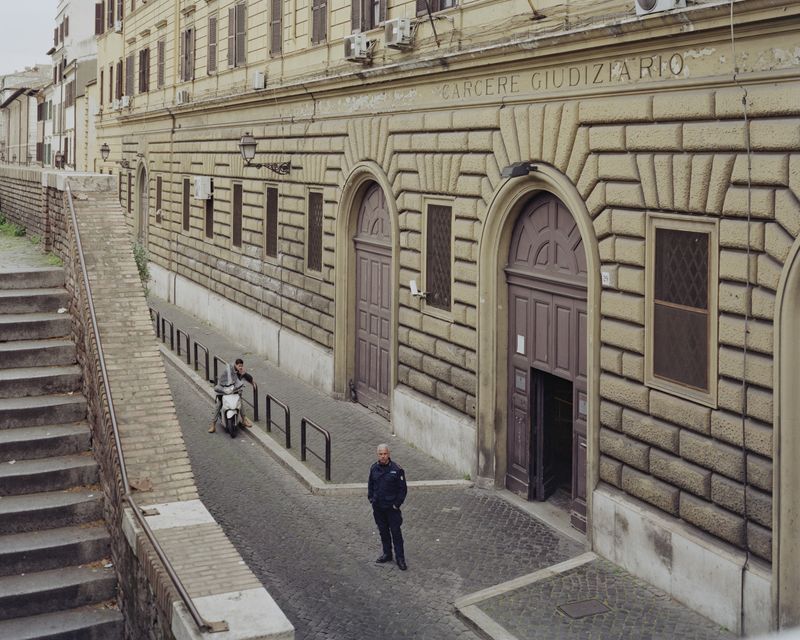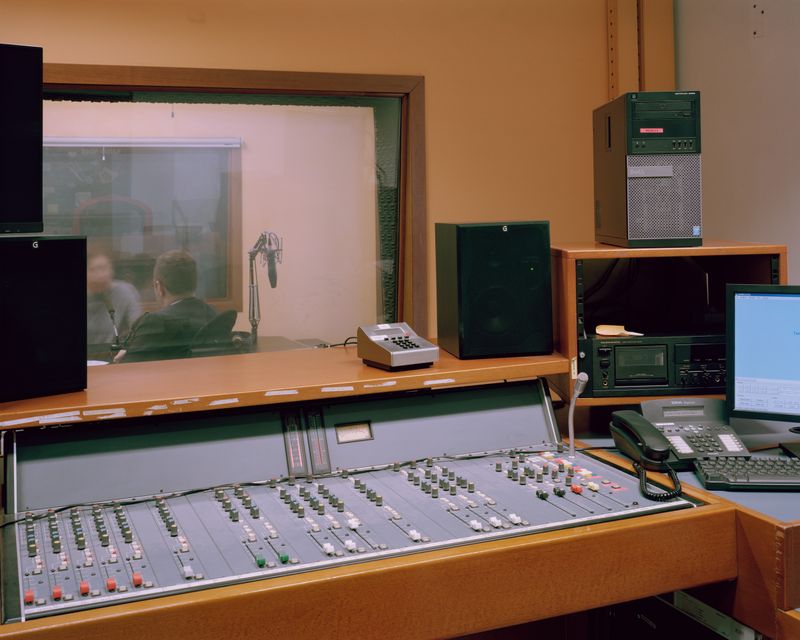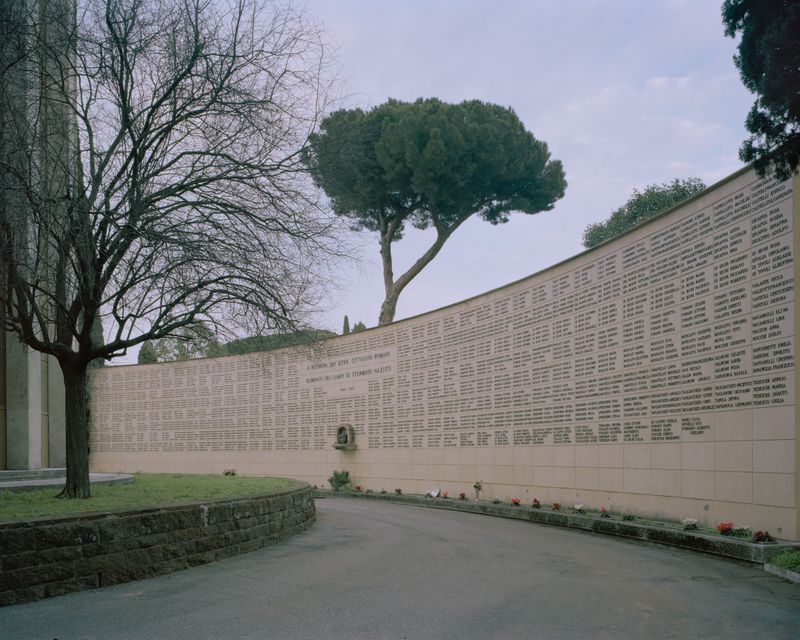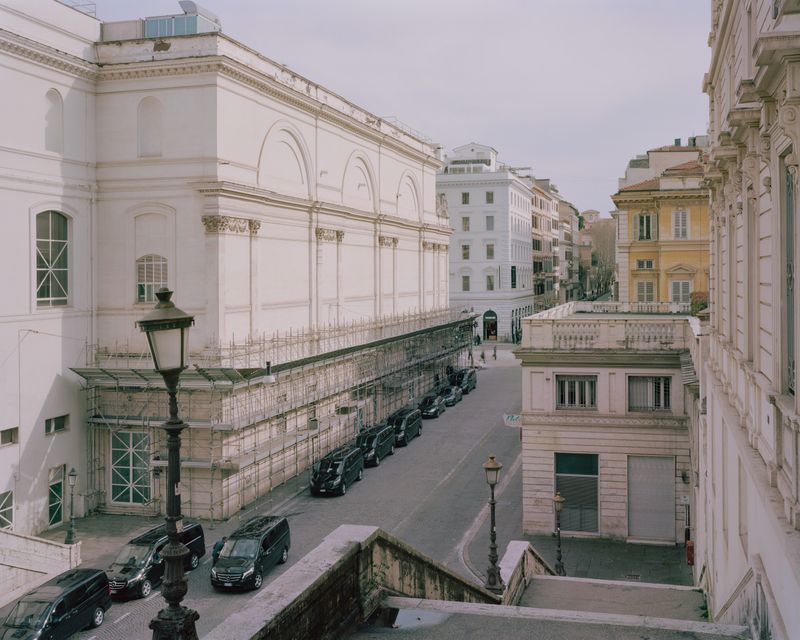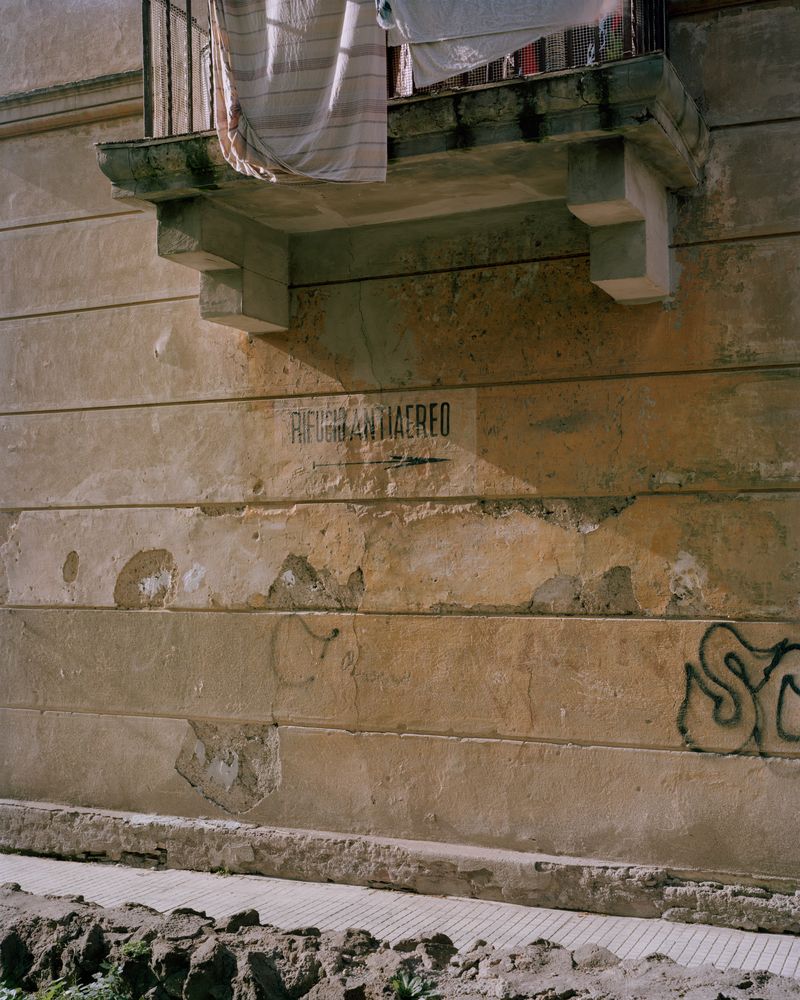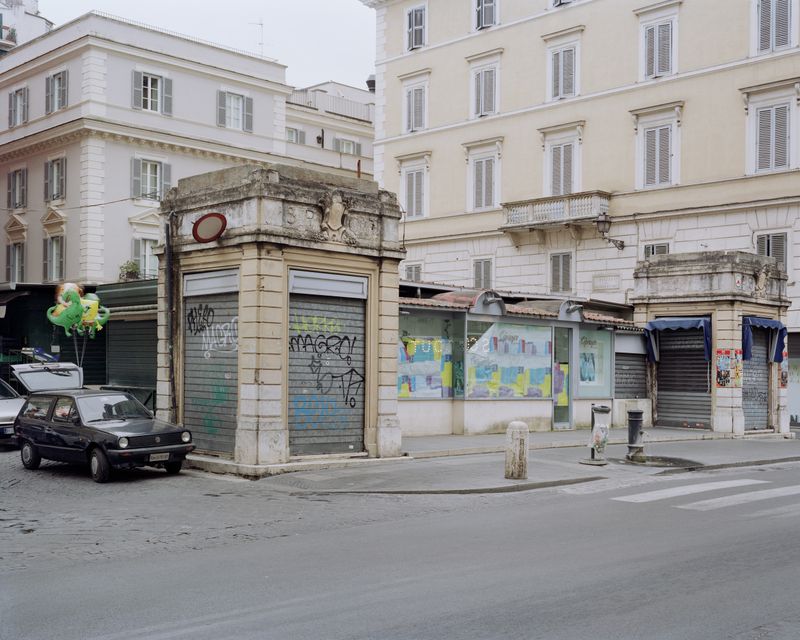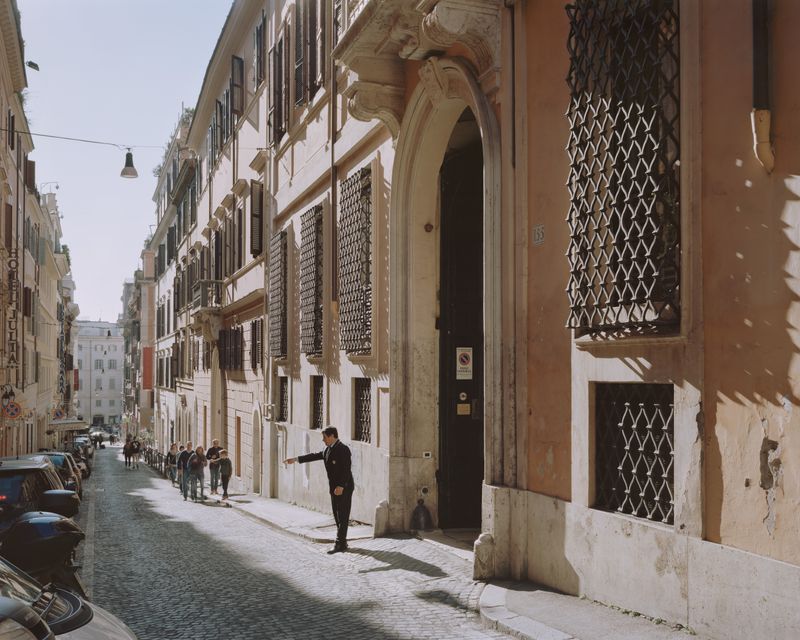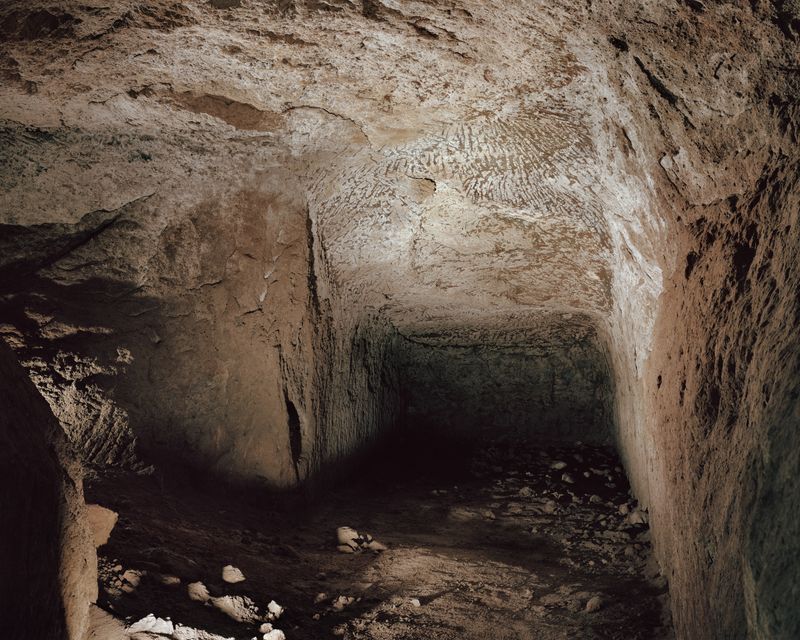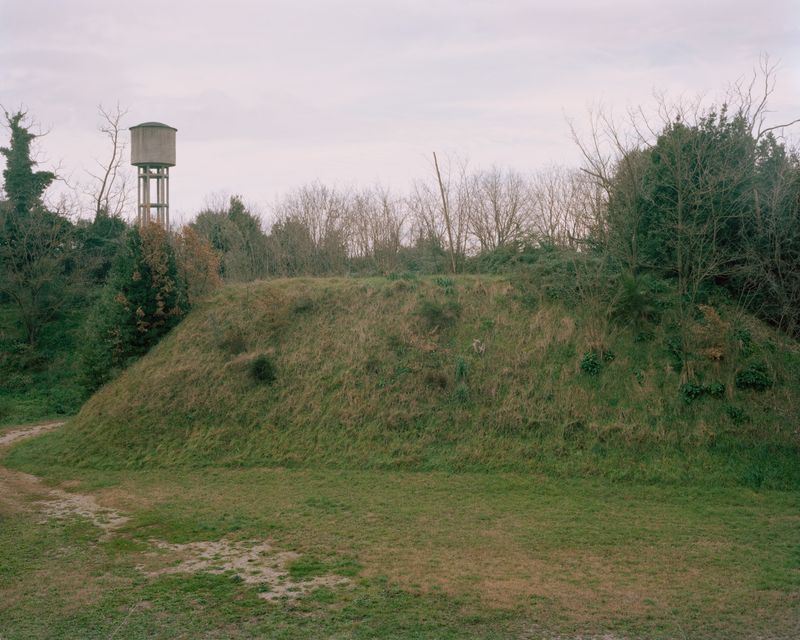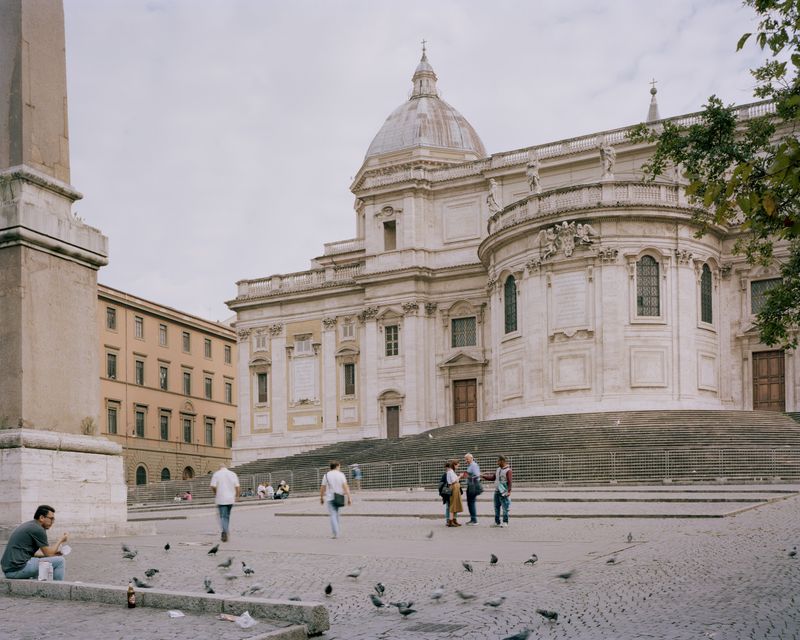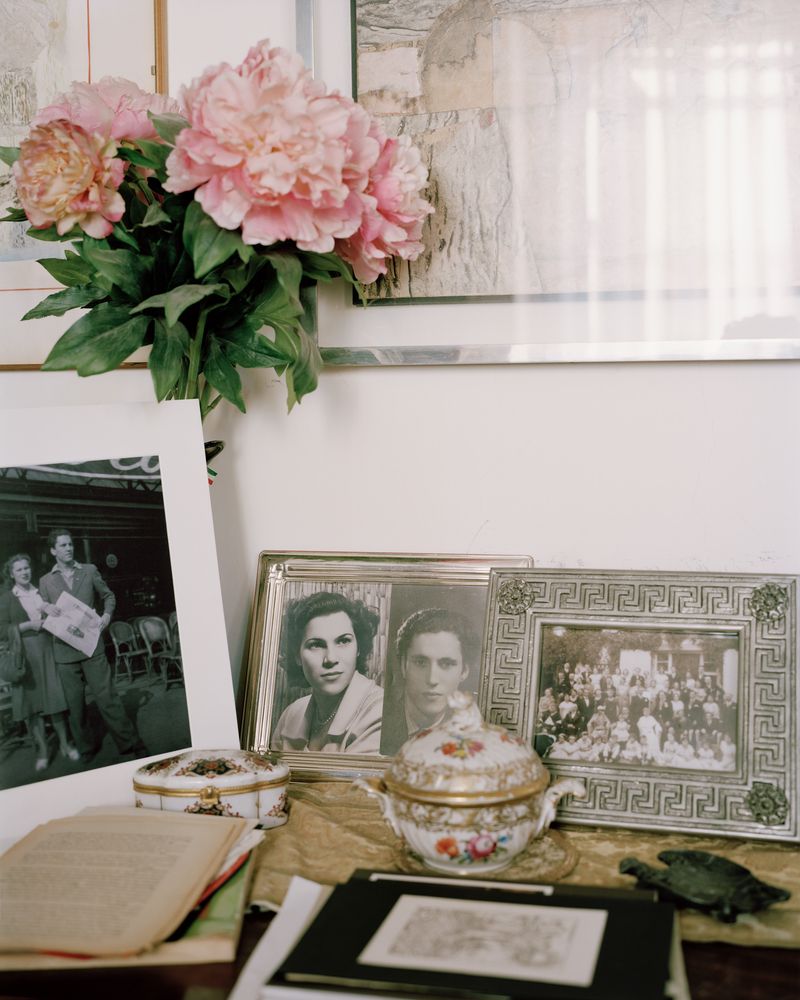271 DAYS
-
Dates2017 - Ongoing
-
Author
- Location Rome, Italy
-
Recognition
-
Recognition
271 DAYS
September 8, 1943 - June 4, 1944
The Resistance in Rome
The project tells the story of the 271 days of the Nazi occupation of Rome during World War II. The images show how the places where the most significant events of those nine months took place look like today, photographed respecting the date and time they occurred. Images of the present-day city, in which through a detail in the photo and the reading of the captions (which are an integral part of the work), a visual short circuit is created that brings our thoughts back to the historical events. The outcome is a sort of map of the Roman Resistance, which, through images, links the city of today to that of yesterday, recounting a key chapter in Italian history.
The uniqueness of those months lies not only in their historical importance but also in the clear emergence of the emotions of men and women faced with the challenge of making choices. It is as if Rome in those days had been turned into a theater, a well-defined space and time, in which the various aspects of human character are staged and radicalized: courage, youth, adventure, suffering, fear, hunger and cold, violence and torture, meanness, sense of community, sacrifice and altruism, hope, betrayal, love and death. An exceptional moment in history where, in the span of nine months, in a city closed in upon itself, all aspects of life and of the human being emerge.
The photos, shot on large format film with a view camera, were taken over a period of three years, after a thorough historical research, based on the study of documents from books and archives.
271 Days is a visual investigation of the landscape, a reading of urban spaces in the light of their emotional and historical significance, and a reflection on photography in connection with memory. 271 Days is a declaration of love for the city of Rome and an attempt to reawaken through photography a collective awareness and participation of the places lived in, starting from the recognition of the value of their history. The Resistance soul, its unspeakable pains, its warm feelings are still there, before our eyes, in the everyday metropolitan landscape.
